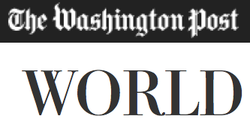

|
|
 In an extensive article, the Washington Post reports: "Though hydropower, which generates the vast majority of electricity, will remain vital, the government’s energy planners say that by 2025, dam building may be tapped out as a viable alternative. Projects like Belo Monte — a gargantuan dam whose construction has generated relentless protests by environmentalists and Indians — appear to be a thing of the past. Instead, the Energy Ministry wants wind and biomass, which here means sugar-cane waste, to provide 30 percent of new electricity generation."
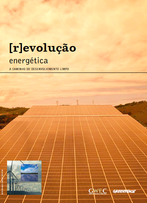 The latest edition of Greenpeace's Energy Revolution study for Brazil (in Portuguese) offers an ambitious outlook for the development of solar photovoltaic (PV). The report projects that the country could install as much as 2.8 GW of photovoltaic solar capacity by 2020, up to 24 GW by 2030, and up to 100 GW by 2050. (More on Brazil's solar PV outlook here). Overall, the study projects that the country's electricity mix in 2050 could consist of hydropower (40%), wind (21%), solar PV (13%), solar thermal (10%), biomass (7%), natural gas (7 %), and tidal (1%). 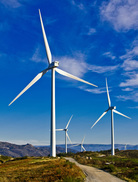 Brazil's latest wind-power auction contracted new wind power generating capacity for an average price of 110.51 Brazilian reais ($46.37) per megawatt-hour. About 1,500 megawatts of new generating capacity is set to come online by September 2015 and supply backup energy to Brazil's national electricity grid for a period of 20 years. The wind farms will require an estimated investment of about BRL5.46 billion. This was the first wind-power auction that operated under stricter rules, according to the Wall Street Journal. To participate, companies had to have access to existing transmission networks.  An analysis of data from the Federal Energy Regulatory Commission (FERC) shows that in the first half of 2013, the U.S. added 959 megawatts (MW) of wind, 979 MW of solar, and 116 MW of biomass. The total new installed capacity from these renewable sources (2,054 MW) exceeded new coal power capacity (1,579 MW) but was less than half of new natural gas capacity (4,852 MW).  Brazil has approved 377 wind projects with a total combined installed capacity of 9 GW to participate at the upcoming wind power auction on August 23, 2013, according to the Energy Planning Agency (EPE). Wind developers will compete for 20-year contracts with delivery starting on January 2015 and a ceiling price of BRL 117/MWh ($50/MWh). 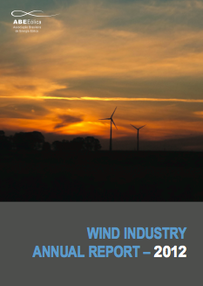 The Brazil wind industry's annual report projects that Brazil will have 8.8 GW of cumulative installed wind power capacity by 2017, more than three times the current capacity of 2.5 GW. The new projects are expected to attract more than $10 billion in investment from 2013 to 2017. Published by ABEEólica, the Brazilian Wind Power Association, the report provides data on generation capacity, capacity factor, economic benefits, and CO2 emissions avoided. Notably, capacity factor for "Phase 2" wind farms (those contracted after 2009) averaged 54% in 2012, compared to earlier "Phase 1" wind farms, which averaged 27%, according to the report. The main difference between Phase 1 and Phase 2 relates to the technological advances in wind turbines. 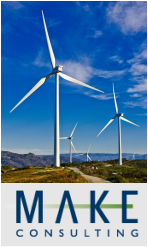 The Americas region is expected to add nearly 92GW of new wind power capacity from 2013 to 2020, but the rate of growth will differ dramatically between North America and Latin America, according to a new report by MAKE Consulting. "The real opportunity over the next eight years will be in Latin America," states the report. MAKE forecasts a 20 percent compounded annual growth rate in Latin America and projects that, for the first time, the majority of new wind capacity in the Americas will occur outside of the U.S. market. The report also projects that the U.S. and Brazil markets will together account for over 26GW of installations in 2013-2016, with a bubble year expected in 2014.  Driven by the U.S., Canada, and Brazil, wind installations in the Americas grew by more than 12% in 2012, compared with 2011, according to Navigant Research's World Wind Market Update. The American continent captured more than 35% of the global wind market in 2012. |
Categories
All
Archives
January 2025
Blogroll
|
|
© 2013 - 2025 InterAmerican Clean Energy Institute, a project of Earth Ways Foundation Inc, a 501(c)3 nonprofit organization.
|
Web Hosting by iPage
|
 RSS Feed
RSS Feed